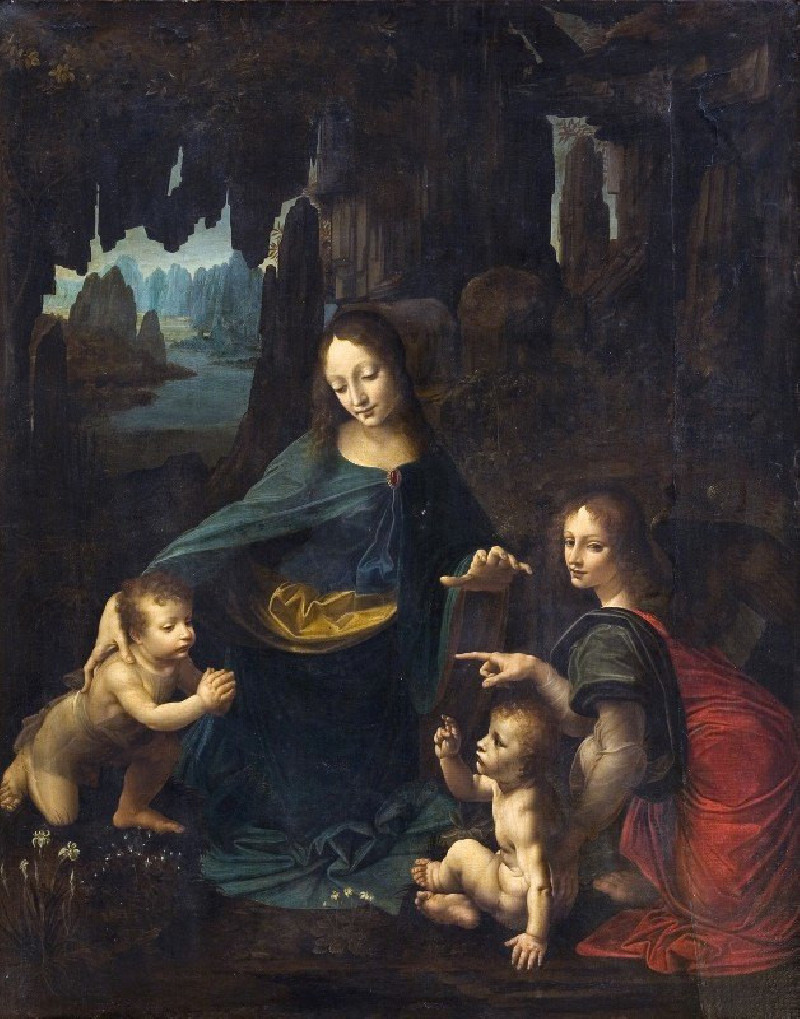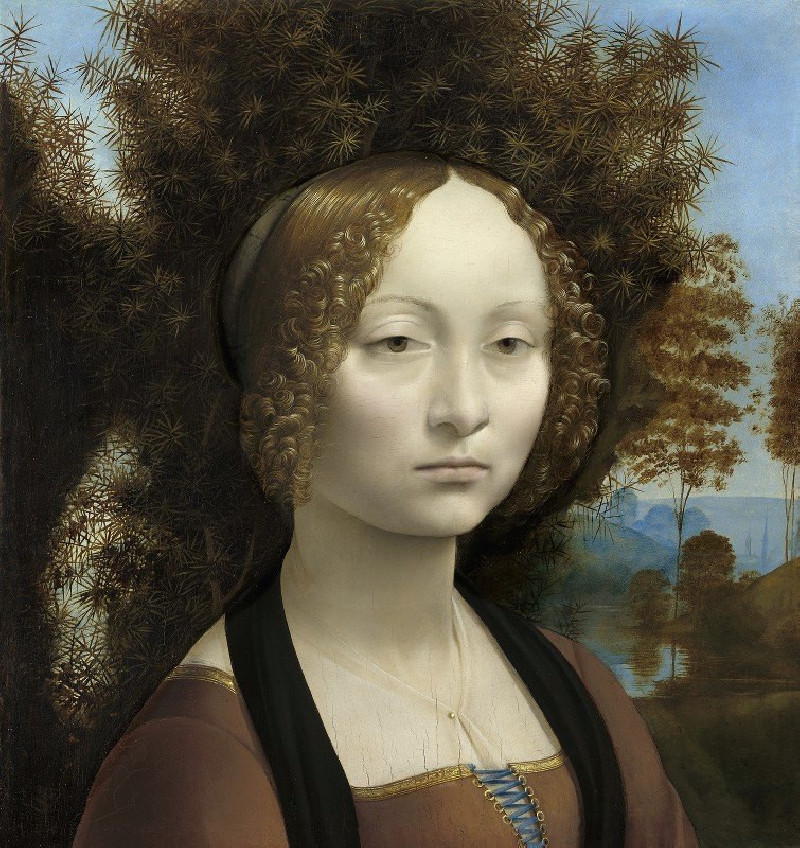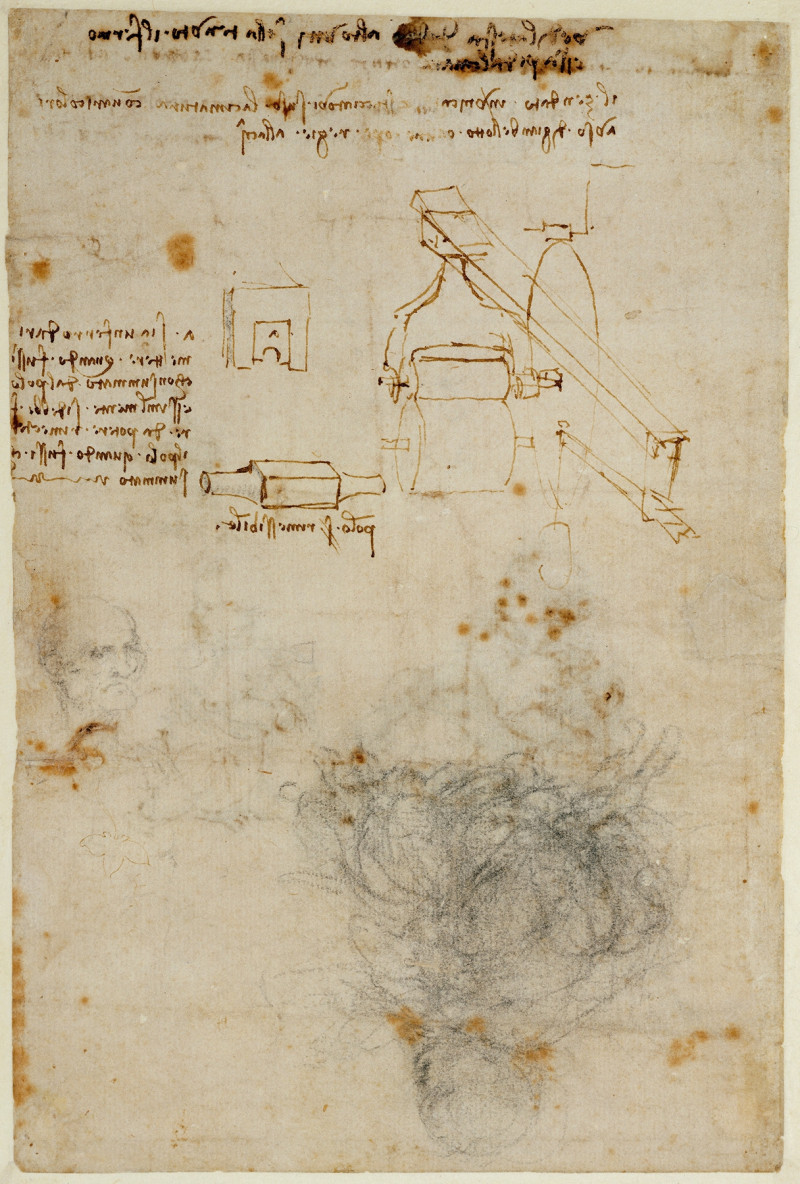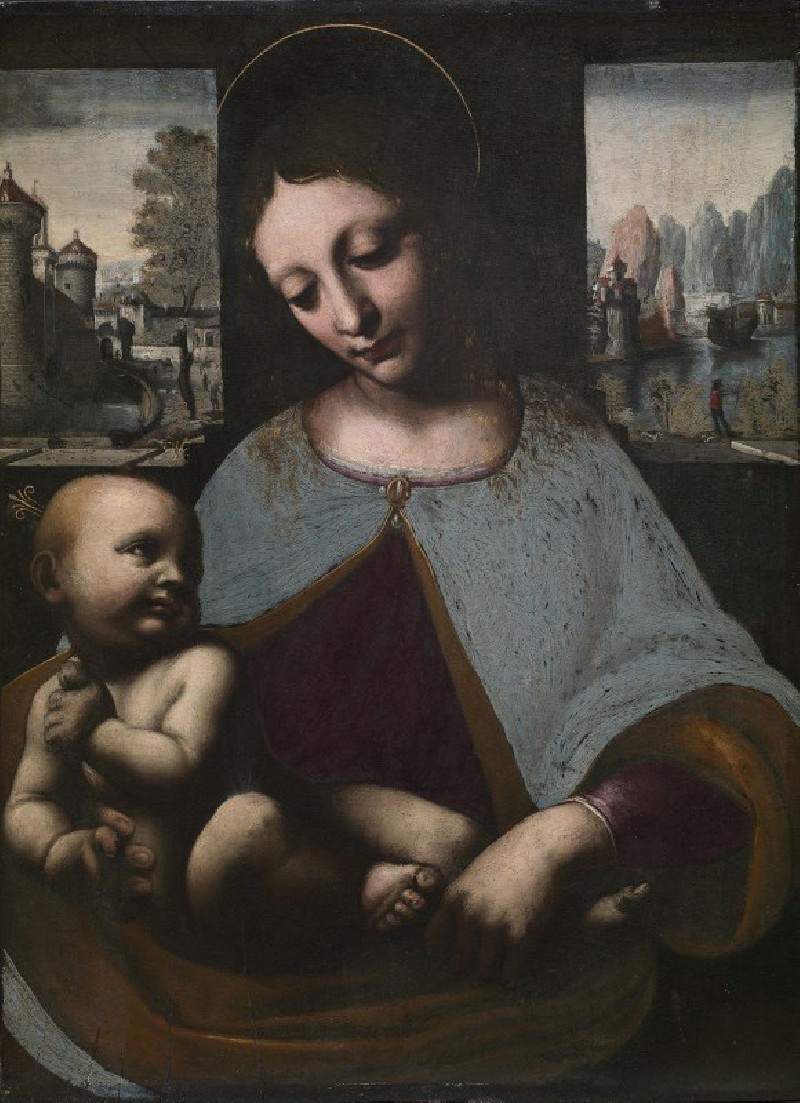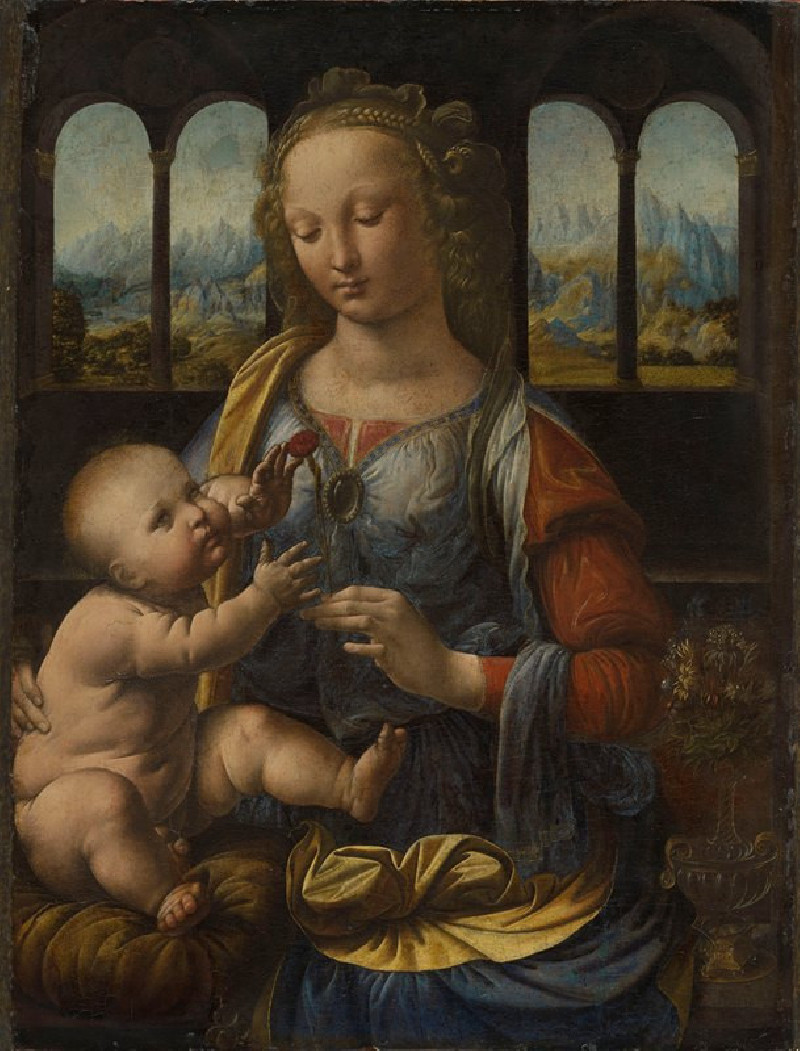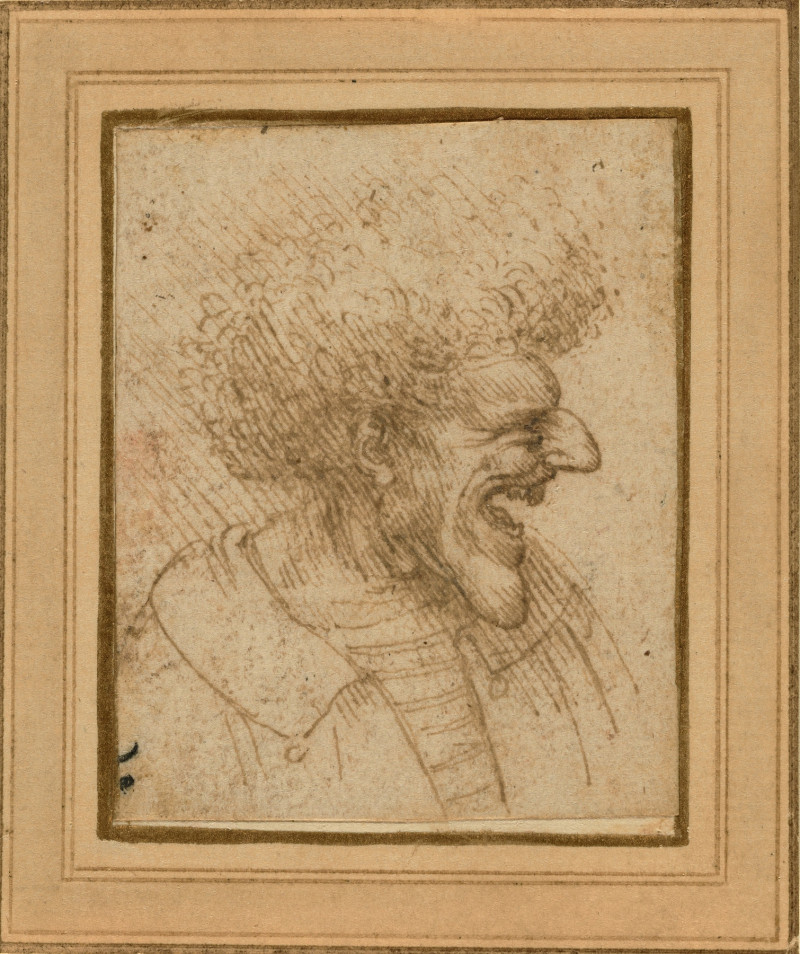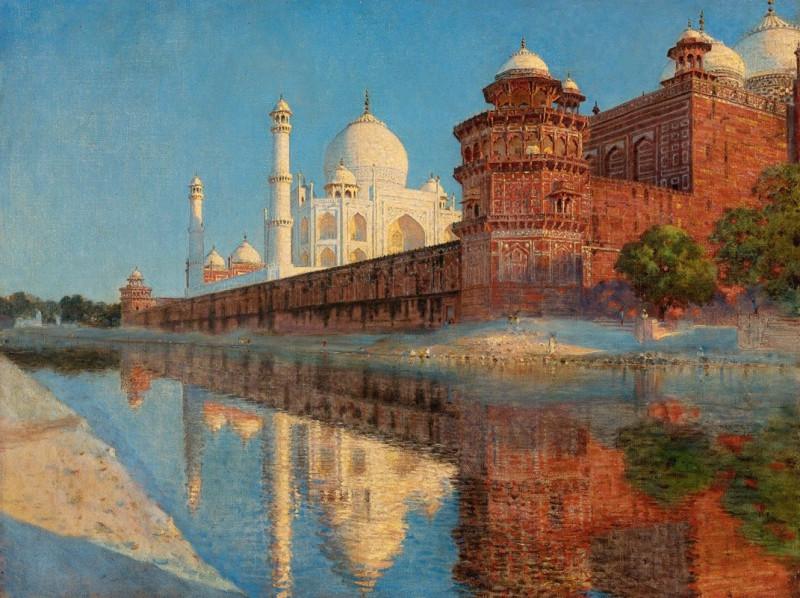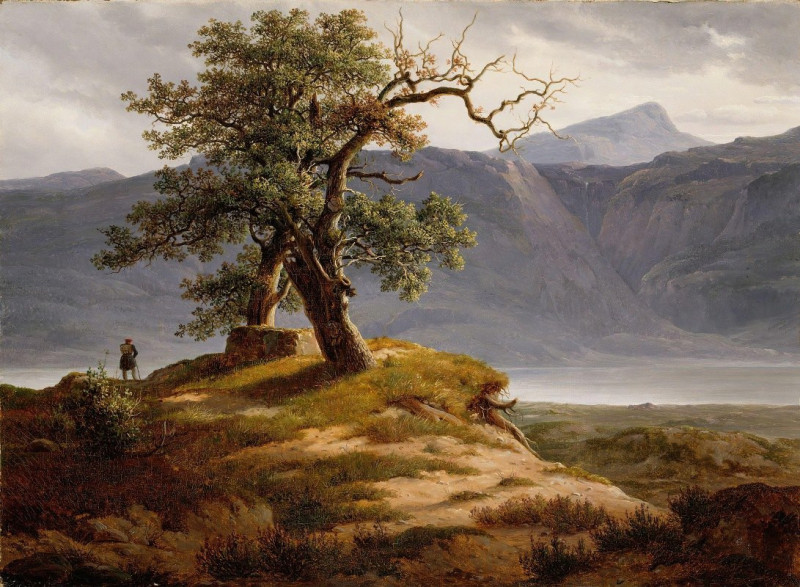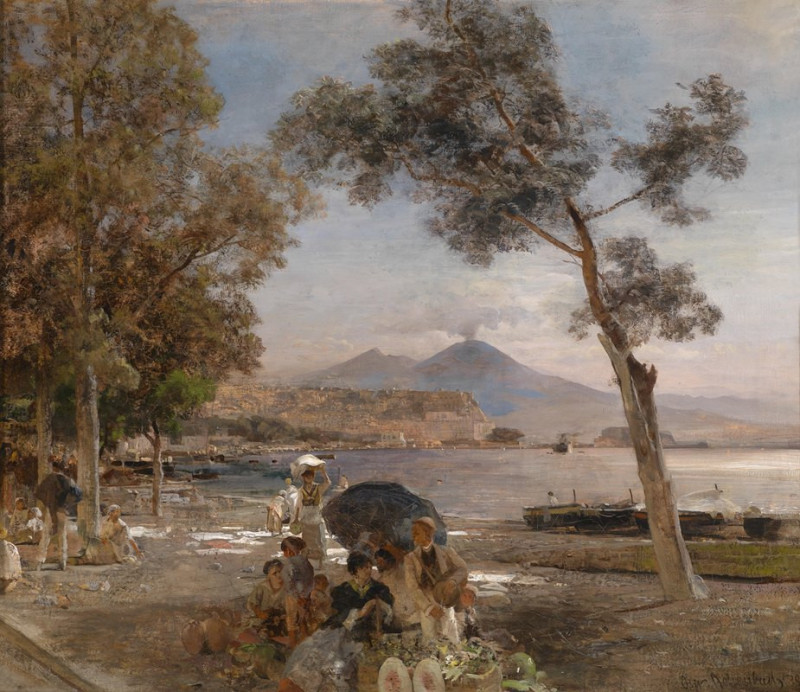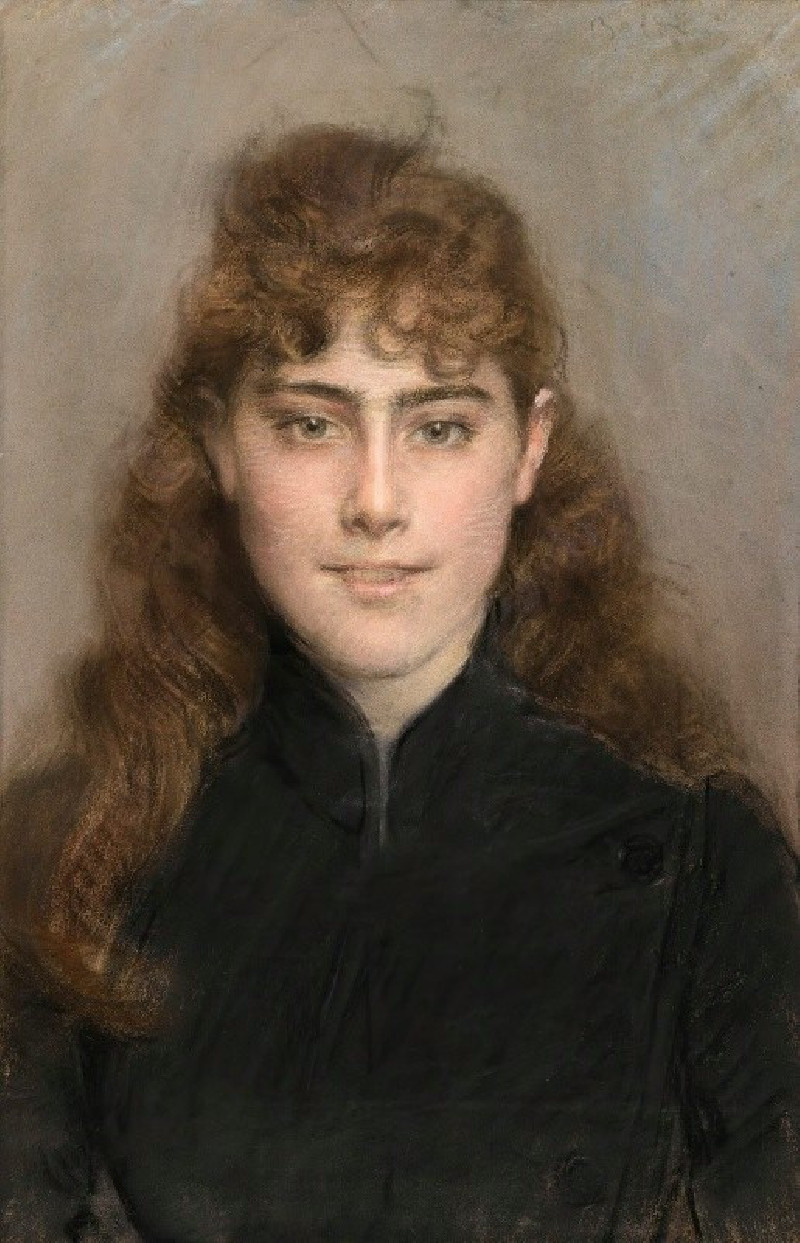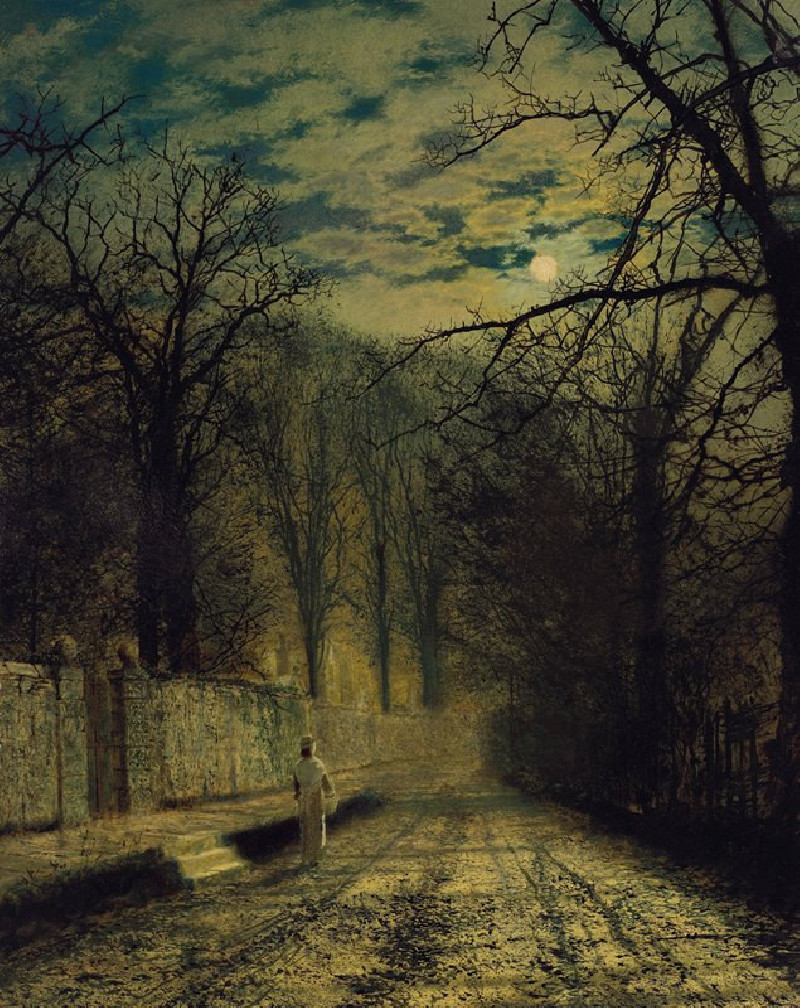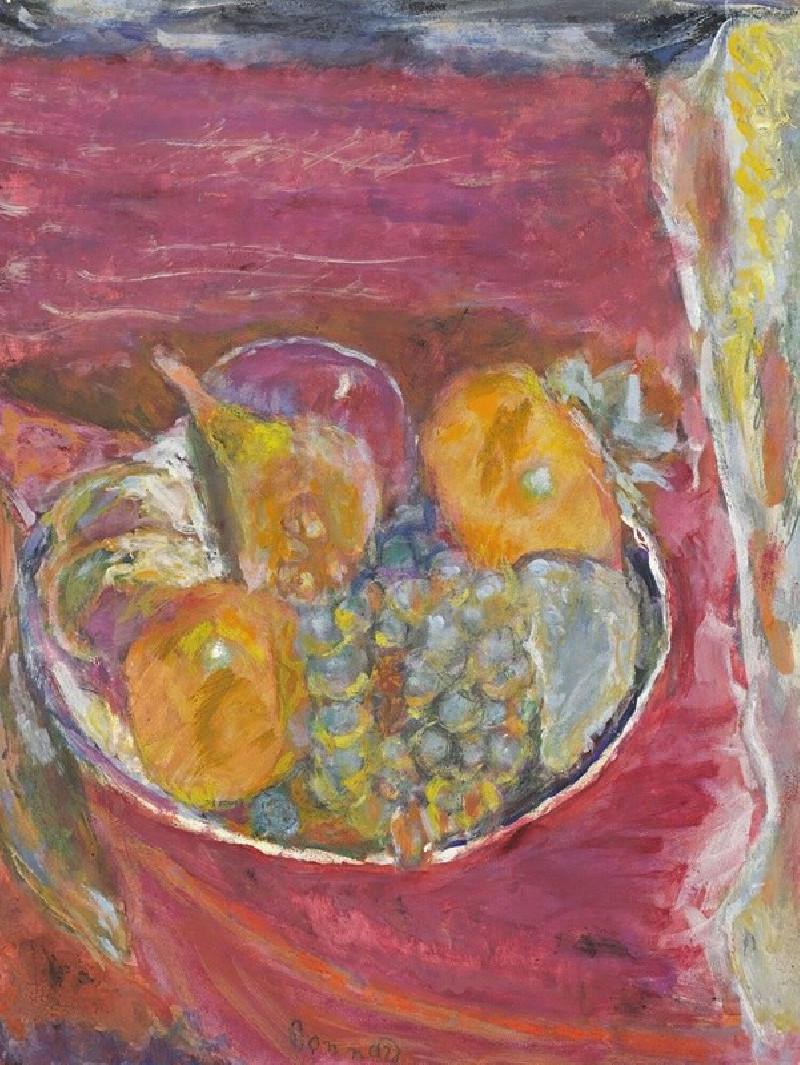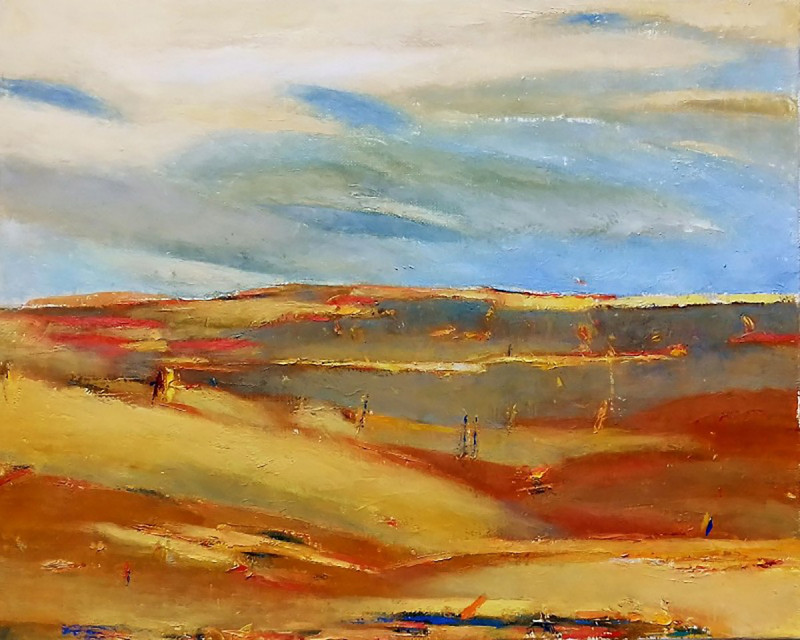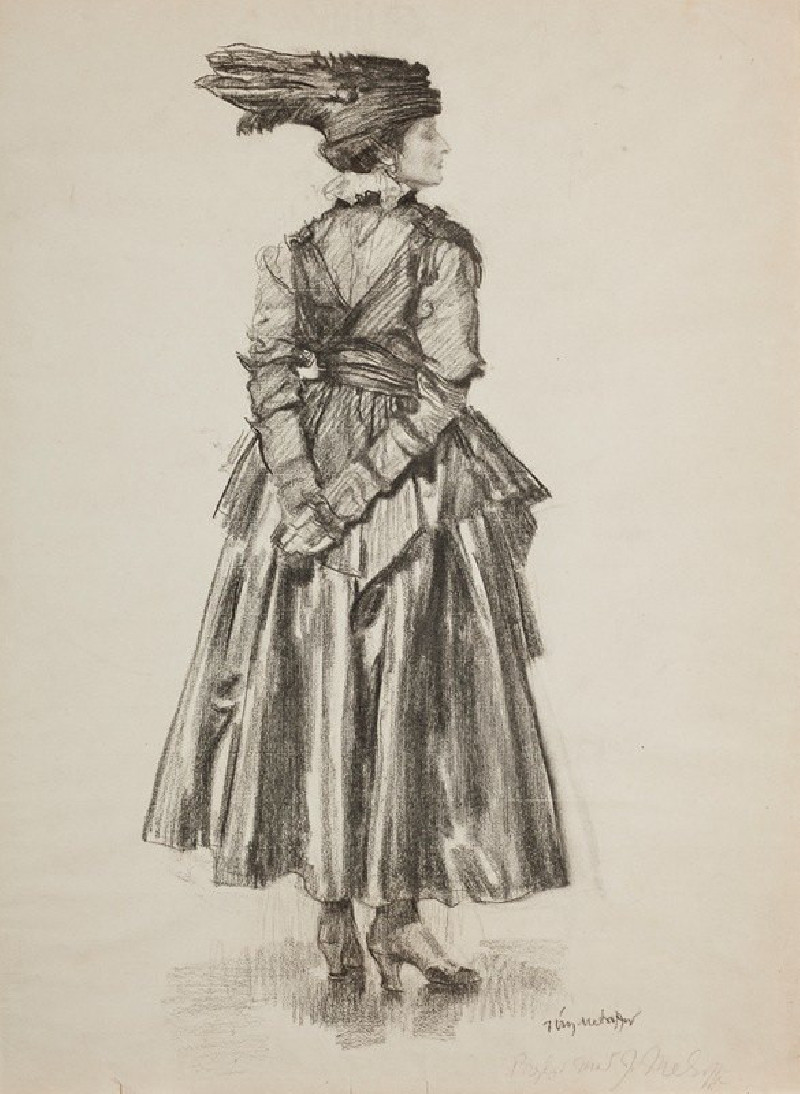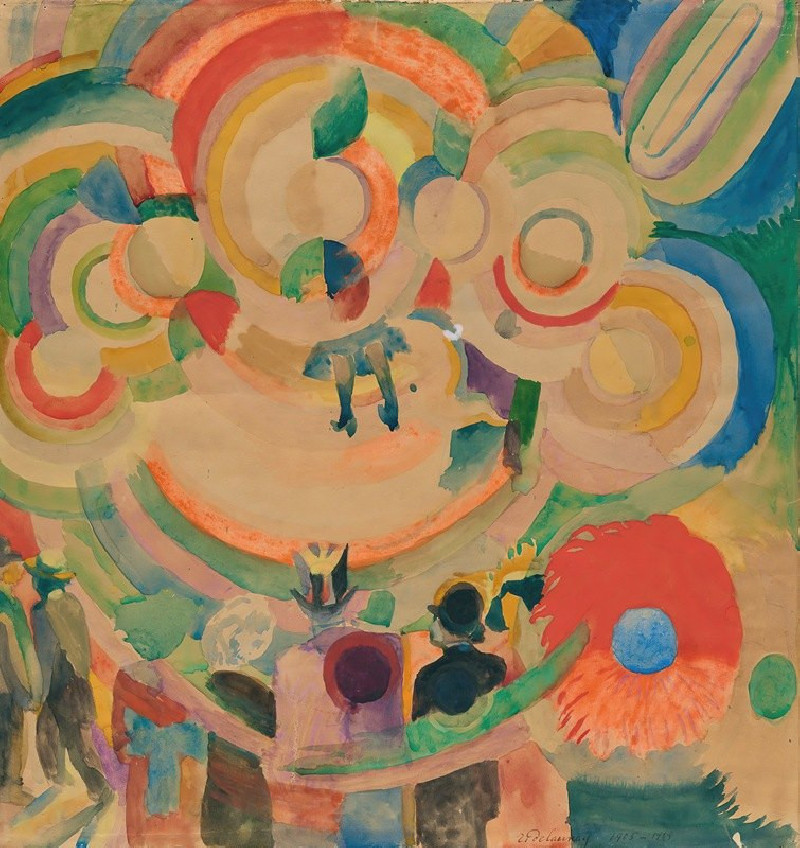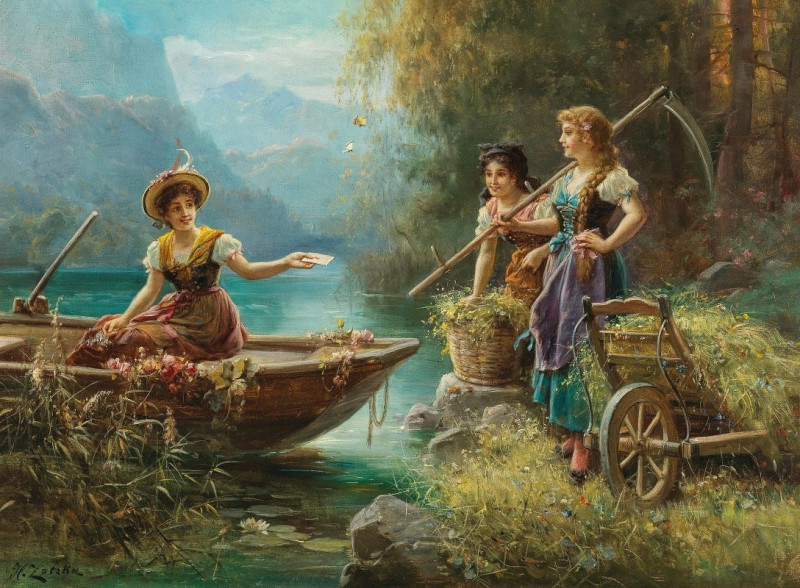The Virgin and Child with St. Anne (1500-1513)
Technique: Giclée quality print
Recommended by our customers
More about this artwork
AnneArtist: Leonardo da Vinci Date: 1500-1513The "Virgin and Child with St. Anne" is a beautiful and complex painting that captures an intimate family scene, embodying Leonardo da Vinci's mastery of human emotion and his advanced understanding of subtle interactions. The artwork features three prominent figures: St. Anne, her daughter the Virgin Mary, and the young Jesus Christ.Set against a vague yet evocative landscape that blends rocky formations and a remote mountainous backdrop, which is characteristic of Leonardo's works, the composition centers on familial affection and warmth. St. Anne, the maternal figure, sits back with a gentle smile, looking down at her daughter and grandchild. The Virgin Mary rests on St. Anne’s lap in a casual pose, her body inclined forward, suggesting both tenderness and protective care. Mary gently restrains Jesus, who playfully reaches out towards a lamb, symbolizing his future as the Lamb of God.The figures are arranged in a pyramid composition, a hallmark of Leonardo's technique, which provides balance and harmony. Each character is rendered with soft transitions of light and shade, another of Leonardo’s innovations known as sfumato, lending a surreal and ethereal quality to the skin tones and textures.Leonardo's skill in depicting the intricate interactions of his subjects invites viewers to contemplate themes of innocence, spirituality, and maternal love. This painting not only reflects Renaissance ideals but also showcases Leonardo's perpetual quest for artistic perfection, combining scientific observation with profound humanism. The "Virgin and Child with St.
Delivery
Returns
Leonardo da Vinci was an Italian polymath of the High Renaissance who is widely considered one of the greatest painters of all time. The Mona Lisa is the most famous of his works and the most famous portrait ever made. The Last Supper is the most reproduced religious painting of all time and his Vitruvian Man drawing is also regarded as a cultural icon. He is also known for his notebooks, in which he made drawings and notes on science and invention; these involve a variety of subjects including anatomy, cartography, painting, and palaeontology. Leonardo's collective works compose a contribution to later generations of artists rivalled only by that of his contemporary Michelangelo.


